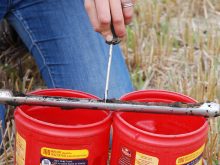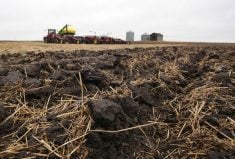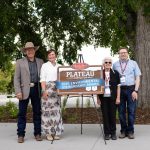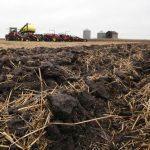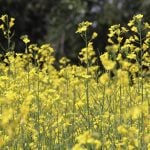Cattle industry officials are hoping a meeting this week in Calgary will mend the growing rift between Alberta and the rest of the provinces who say Alberta has an unfair advantage in the national fat cattle set-aside program because it has an additional basis program to reduce producer risk.
The Canadian Cattlemen’s Association is calling for a national basis program that would guarantee producers across the country access to the same risk-limiting programs as Alberta.
The basis is the difference between the U.S. market price and the Canadian market price. Under the Alberta program, if the basis is larger than the locked-in basis price, the provincial government will pay the difference. The basis is set each time there is a call for cattle to be set aside.
Read Also
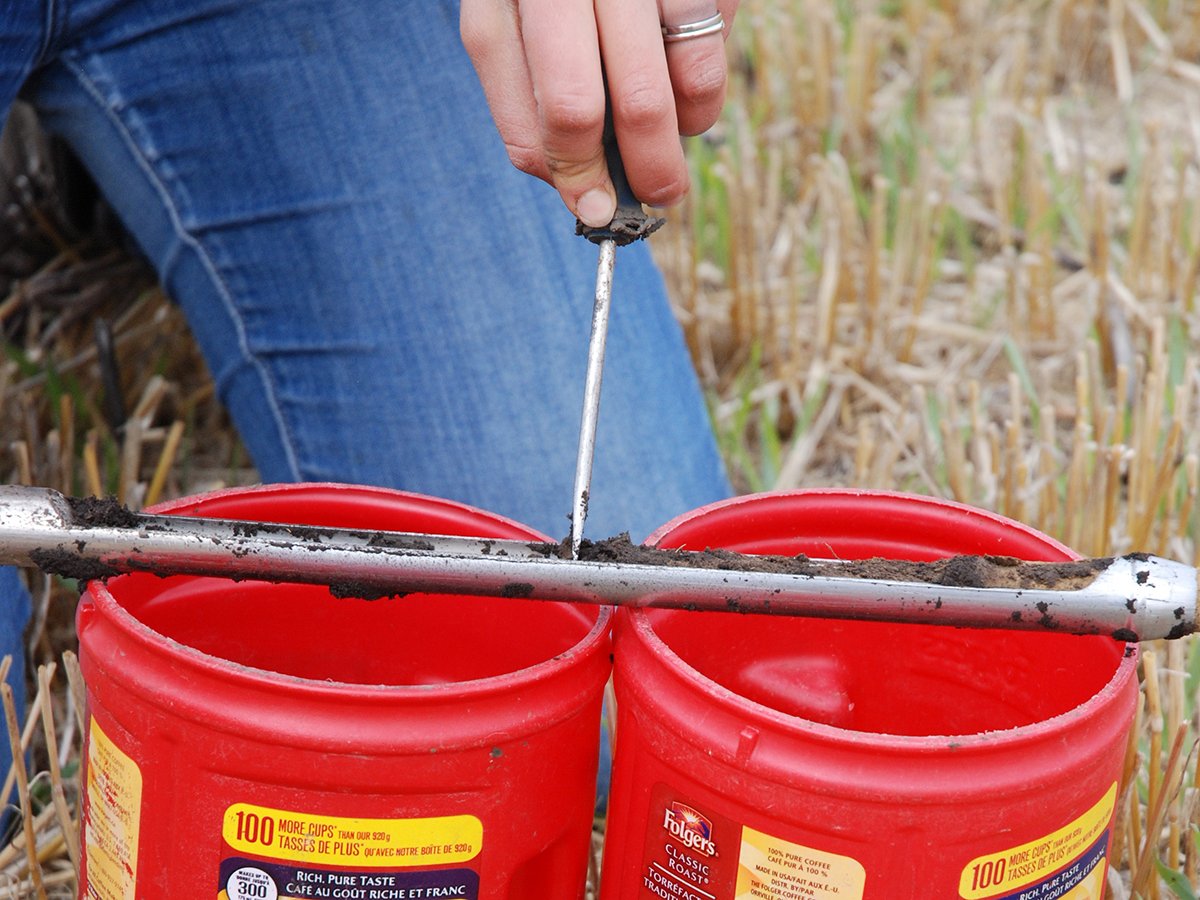
Federal government supports soil health strategy
Sophie Beecher, director general at Agriculture Canada, said at a soil conference in Winnipeg that the feds support the idea of a national soil health strategy.
Without a national program, Alberta producers would have a natural advantage on how low they can bid to feed cattle in the national set-aside program, said Len Vogelaar, a member of the program’s advisory committee and an Alberta feedlot operator.
“The natural result of that concept, if it’s implemented, is that Alberta producers with a basis guarantee will have less risk on bidding on the cattle. The result is that they can bid at a lower price,” said Vogelaar of Pincher Creek, Alta.
Alberta’s basis program ensures few other provinces will be able to bid as cheaply or have as much access to the national set-aside program cash, he said.
“For all intents and purposes, they won’t be successful in bidding against any of those cattle.”
Stan Eby, president of the Canadian Cattlemen’s Association, said some problems have been created with one province having its own basis program that offers more protection in the unstable cattle market.
“Alberta is out in front with some of their plans that have gone beyond the initial federal plan,” said Eby. He hoped the meeting on Oct. 5-6 would hammer out the rules of the $488 million program announced last month.
“When we start moving into organizing supply, this is new territory for the beef industry and it certainly is going to have its problems as we move along.”
John Ross, assistant director of the red meat section of Agriculture Canada, said the chances of creating a national basis program for all provinces is “very, very slight.”
The goal of the set-aside program is to control the number of cattle going to packing plants and even out the price of cattle, not to ensure each province an equal access to the set-aside program.
“The intent of the program is to set aside cattle and smooth out the flow going into the packing industry, so where those cattle get set aside is not as much of an issue. The benefits of the program accrue to all producers,” said Ross.
“The fact that I have cattle set aside and you don’t shouldn’t matter much. We’re both marketing into a better market because of it.”
Vogelaar said there would also be a discussion of breaking the country into regions to recognize the natural geographic and packing plant differences, and allow each region to submit different set-aside bids.
“Let’s be fair on the whole thing. Let’s recognize Eastern Canada has their own particular problems with their packers. With our proposal, everybody gets the same kick at the cat. (Federal officials) don’t recognize those differences are there,” said Vogelaar.
Ross said he doesn’t see that as a likely scenario.
“The objective is to set aside cattle, not necessarily set aside x number of cattle in a particular province.”
Brian Ross, president of Saskatchewan Stock Growers Association and a member of the industry advisory committee, said the differences between the Alberta and federal programs have created problems for other provinces.
“(Alberta) jumped the gun with their program even before the federal program was confirmed. There’s a little bit of problem between what Alberta’s doing and what the feds are doing, and Saskatchewan’s caught in the middle of that,” said Ross of Estevan, Sask.
He said he also has concerns about the lack of details for the calf set-aside program. With the traditional fall calf run already under way, producers need to know if they should be selling or setting aside their calves born this spring.
“People would like to know more about what’s going on.”
Under the same program announcement, producers will be paid $200 a head to set aside 40 percent of their spring calf crop in an attempt to reduce the number of calves going to market until more packing plant space is built.
Alberta wants the set-aside program to end Oct. 1, 2005, to allow producers with heavier calves access to the market. The federal government wants the set-aside program to end Jan. 1, 2006, to ensure enough cattle are kept off the market.
Brian Ross isn’t comfortable with either date.
“I’m a little concerned about putting an end date on any set-aside program. We know at that point when you release all these calves to the market, that’ll definitely put an oversupply of feeder cattle on the market and the market will adjust.
“There’s not too much use in giving a producer a feed set-aside if he’s going to lose it in the marketplace a year later when he sells them,” said Ross.
Eby said he was hopeful that by the evening of Oct. 6, the rules would be written and the program ready to start by the middle of October.




